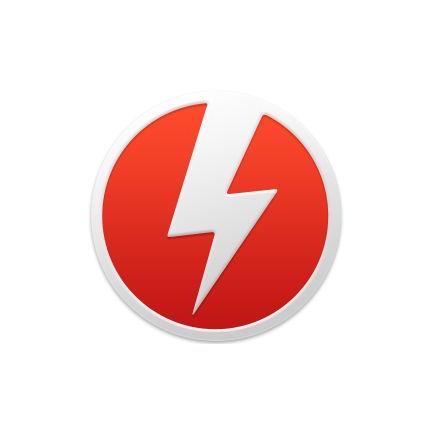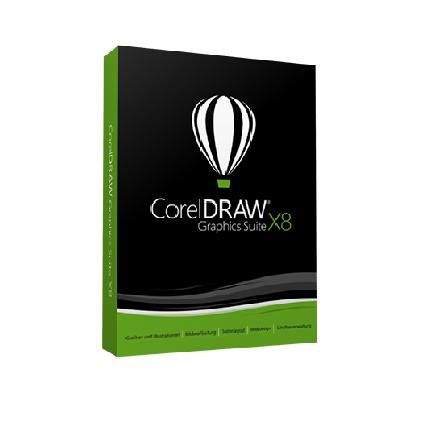工厂类在 Golang 中是一种设计模式,用于创建对象的统一接口,分离创建逻辑和客户端代码。它提供以下优点:分离创建逻辑可扩展性减少代码冗余工厂类适合在需要创建不同类型对象、创建过程复杂或需要集中化对象创建时使用。

深入Golang中的工厂类设计
在Golang中,工厂类是一种设计模式,它提供了创建对象的统一接口,从而避免创建对象的具体细节。它允许我们通过提供一个创建对象的方法来分离对象创建逻辑和客户代码。
工厂类示例
让我们编写一个示例工厂类来创建不同的形状:
package main
import "fmt"
type Shape interface {
Draw()
}
type Circle struct{}
func (c *Circle) Draw() {
fmt.Println("Drawing a circle")
}
type Square struct{}
func (s *Square) Draw() {
fmt.Println("Drawing a square")
}
type ShapeFactory struct{}
func (f *ShapeFactory) CreateShape(shapeType string) (Shape, error) {
switch shapeType {
case "circle":
return &Circle{}, nil
case "square":
return &Square{}, nil
default:
return nil, fmt.Errorf("Invalid shape type: %s", shapeType)
}
}
func main() {
factory := ShapeFactory{}
circle, err := factory.CreateShape("circle")
if err != nil {
fmt.Println(err)
return
}
circle.Draw()
square, err := factory.CreateShape("square")
if err != nil {
fmt.Println(err)
return
}
square.Draw()
}实战案例
在实际应用中,工厂类可以用于以下场景:
- 创建不同类型的数据库连接
- 创建不同类型的文件读取器/写入器
- 创建不同类型的日志记录器
优点
- 分离创建逻辑:工厂类隔离了创建对象的过程,允许在不影响客户端代码的情况下更改创建逻辑。
- 可扩展性:通过添加新的创建方法,可以轻松地扩展工厂类以支持新的对象类型。
- 减少代码冗余:工厂类可以减少创建对象的重复代码,使代码更清晰、可维护性更高。
何时使用工厂类?
- 当需要创建不同类型的对象时。
- 当创建对象的过程很复杂或容易出错时。
- 当需要控制和集中化对象创建时。




